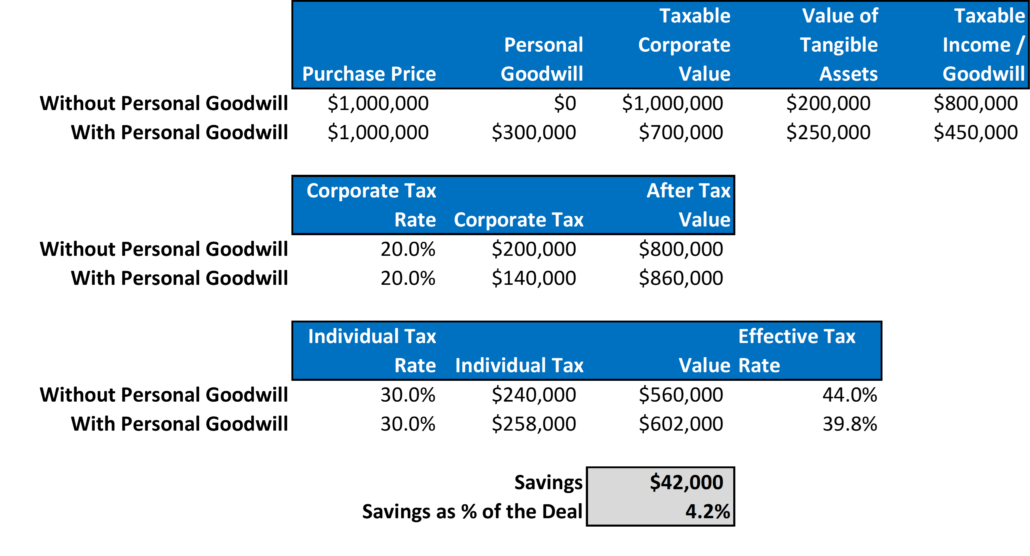How Supply Chain Issues are Complicating M&A Dealmaking
Many businesses are struggling with supply chain issues right now. After vaccine programs and government stimulus monies kicked in and economies roared back to life this past year, global supply chains came under immense strain as weaknesses were exposed. Though conditions have improved slightly in just the past few months, experts in most industries are forecasting that supply chain troubles will persist well into 2023.
This article discusses some of the ways that supply chain problems are complicating M&A transactions for business owners looking to sell in 2022.
Earnings Performance
One of our M&A clients, a durable goods distribution company, currently has a record order backlog of 11 months, as customers place large orders to combat long lead times. Normal backlog before COVID was around 1-2 months. Lead times on popular SKUs that were once 2-3 weeks are now 5-6 months, and scheduled deliveries on some products are a full year out! Meanwhile many vendors are missing promised delivery dates, and the order backlog keeps climbing, for now. Sales (shipments) are totally dependent on the supply chain.
EBITDA is the most talked about, relied upon, and argued over earnings metric in the world of mergers and acquisitions. When a business has solid orders but is struggling to ship products, it becomes difficult to establish an earnings run rate and to forecast earnings. That in turn makes it difficult for acquirers and sellers to see eye to eye on EBITDA and therefore enterprise valuation. And how well correlated is trailing twelve-month (TTM) performance with expected future performance anyway under these conditions? Often not well at all.
And this is part of a broader question―where will growth stabilize after COVID restrictions and government stimulus ends, and inflation and GDP growth are back to normal? Since different buyers will have different views of TTM and expected future EBITDA performance (not to mention working capital and capital spending needs) the best way for sellers to optimize value in today’s market is to run a structured sale process where multiple buyers come to the table.
Supplier Due Diligence
As acquirers seek greater supply chain resilience, we’re seeing them do more due diligence in this area than ever before. In the past, buyers were relatively relaxed about supply vulnerabilities, focusing more in other areas. But now we’re seeing more scrutiny of supplier quality and on time performance, length of supplier relationships, supplier concentration, location of supplier operations, supplier commitment to the target, capacity for growth, strategic plans, recent or potential change of ownership, contracts, proprietary content, history of price increases, long lead time items, economic order quantities, sole sourced items and alternative sources of supply, and other potential areas of risk.
We brought an electronics business to market recently that had backups or workarounds for nearly every component in their products. Frankly, we’d never seen a company put so much time and energy into supplier redundancies. Yet, they had one essential PCB with no alternate supplier.
Buyer concern was so significant, we took the business off the market until a reliable second source was identified and qualified.
Working Capital
Another aspect of M&A dealmaking that is being complicated by supply chain issues has to do with working capital negotiations. Working capital is like gas in a car – you need it to run a business. When selling a business, the buyer and seller agree on a “sufficient” amount of working capital (usually on a cash-free debt-free basis) to be left in the business to support ongoing operations. In a typical economy, unless a business is growing or declining rapidly, this “target” working capital level is based on a TTM average calculation.
But right now, many businesses are holding onto bloated levels of inventory to compensate for parts shortages and long lead times. Manufacturers that used to buy inventory on a just-in-time basis are now overstocking. Not only are inventories much higher than normal, but in many cases the price-per-unit has skyrocketed as well. Companies are paying whatever they have to in order to keep critical parts in stock and keep customers happy. The same goes for shipping costs.
So, businesses selling now based on a TTM average working capital target will be including more working capital than if they had sold 12 or 24 months ago. This is one of the areas that can really upset sellers – no one likes to leave money on the table. Fortunately, with all the competition in the market today, many buyers are willing to throw out the book on working capital to win the deal. The key is to negotiate the target earlier in the process when there are still multiple buyers at the table. In the past we often negotiated the working capital target during due diligence. Today we almost always negotiate it in the LOI.
What to do
Owners looking to sell in a world reshaped by the pandemic should select an M&A advisor who anticipates issues like these and has strategies for addressing them. Owners planning to remain independent may want to consider protecting their supply chain by vertically integrating upstream through a strategic acquisition.
For advice on exit planning or selling a business, contact Al Statz, CEO of Exit Strategies Group, Inc., at alstatz@exitstrategiesgroup.com. Exit Strategies Group is a partner in the Cornerstone International Alliance.













 Even if your business is not for sale, monitoring its market value can be incredibly helpful. This article describes six ways that understanding value over the life of a closely held business benefits shareholders, directors and managers.
Even if your business is not for sale, monitoring its market value can be incredibly helpful. This article describes six ways that understanding value over the life of a closely held business benefits shareholders, directors and managers.

